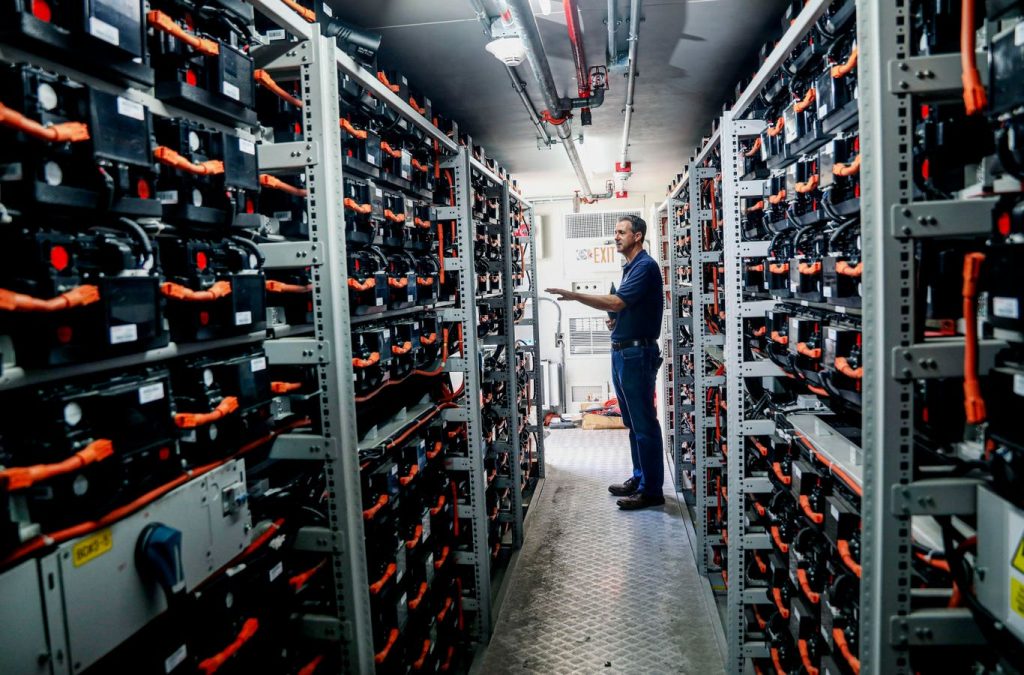The United States energy grid is undergoing a transformation with the help of artificial intelligence and other technologies, aimed at increasing reliability, reducing emissions, and cutting costs. Research and development at national laboratories are creating room on the grid for more renewables and electric vehicles, with a focus on ensuring a smooth transition to a cleaner energy future. Green energy has seen significant growth in the past decade, with the increased usage of fossil fuels leading to greater electricity consumption and the need for a smarter grid and advanced energy storage.
Artificial intelligence is expected to drive unprecedented innovation in the energy sector, with the potential to make autonomous decisions to manage load and generation in real-time. The United States Energy Association recently hosted a virtual event where experts discussed the role of AI in optimizing the grid and streamlining the permitting process. The country’s transmission network is in need of expansion and improvement to accommodate the influx of EVs and renewable energy sources, with major companies like Amazon, Google, and Ford leading the way in clean energy deals.
Government policies are backing the objectives of reducing greenhouse gas emissions by 40% by 2030, with the Inflation Reduction Act providing significant funding for 21st-century energy and climate projects. The U.S. Department of Energy predicts that the grid may need to expand by 60% by 2030 and triple by 2050 to meet clean energy demands, with options for upgrading the grid or adding new digital components to increase capacity. Innovations in transmission and battery technology are essential to harnessing wind and solar electrons efficiently and developing more sustainable energy storage solutions.
The focus on innovation is crucial for enhancing transmission and battery technology, with potential advancements that could significantly increase the throughput of energy lines. Alternative battery technologies like solid-state batteries and flow batteries are on the horizon, offering long-term storage solutions that can be charged and recharged multiple times a day for decades. The cost of batteries has decreased significantly, with advancements in material recycling and supply chain diversification contributing to more sustainable energy solutions.
In order to comply with the global climate goals outlined in the Paris Agreement, better raw material management and technological advancements are necessary. The energy transition is already underway, with national laboratories collaborating with private enterprises to drive progress in the energy sector. AI, smart grids, and battery technology have the potential to revolutionize the way electricity is generated and delivered, leading to improved reliability, lower pollution levels, and decreased electricity costs. Overall, these advancements are expected to enhance economic prospects worldwide by promoting cleaner and more efficient energy production and delivery.


